Boxfish
Family Ostraciidae

Boxfishes (family Ostraciidae) are slow, charismatic reef fishes wrapped in a rigid, box-shaped carapace built from interlocking hexagonal plates. They steer with tiny pectoral, dorsal and anal fins—an efficient “hover mode” called ostraciiform swimming—while their little puckered mouths peck at worms, crustaceans and sponges. Striking patterns and the famous yellow polka-dot juveniles make them crowd favorites, but they’re best admired gently: some species can release a detergent-like skin toxin if severely stressed.
🔬Classification
📏Physical Features
🌊Habitat Info
⚠️Safety & Conservation
Identification Guide

Field marks:
- Rigid boxy body with interlocking hexagonal scutes; body does not flex when swimming.
- Small puckered mouth at the end of a short snout; tail base narrow, fins small and fluttery.
- Color cues: juveniles of O. cubicus bright yellow with black dots; adults shift to complex blue/brown mosaics.
- No horns in true boxfish; long “horns” indicate cowfish (also Ostraciidae but different look).
Differences from Similar Species
- Pufferfish/porcupinefish: lack a rigid carapace and can inflate; boxfish cannot inflate and remain angular.
- Cowfish (Lactoria): have distinct anterior/posterior horns; boxfish are hornless and more cuboid.
- Filefish/triggerfish: laterally compressed with prominent dorsal spines; boxfish are chunky with tiny fins.
Juvenile vs. Adult
Juveniles are high-contrast and rounded, hiding among branching corals; adults are larger, more angular, with subdued yet intricate patterns and a more squared silhouette.
Top 10 Fun Facts about Boxfish
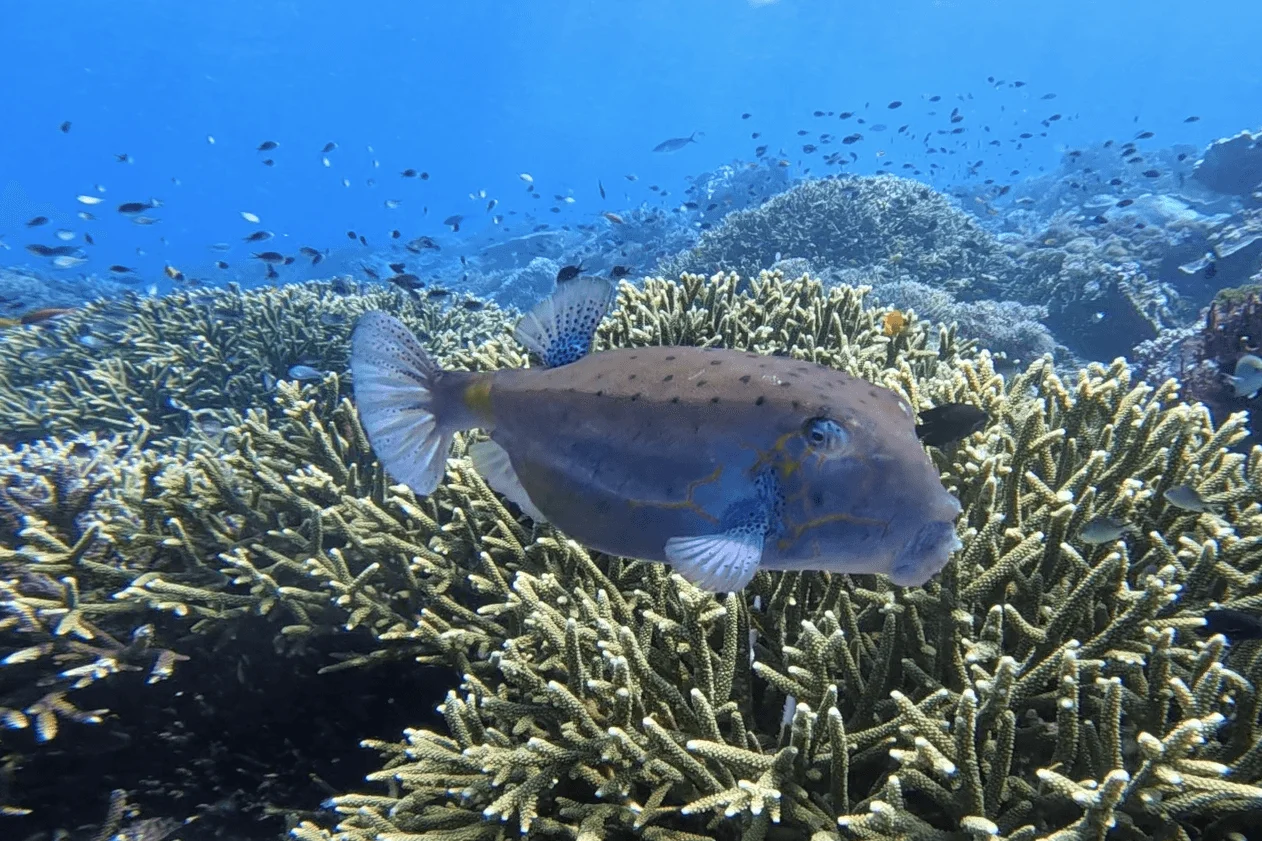
1. Swimming by Flutter
Boxfish use tiny fins to hover and pivot with precision—great for threading coral mazes.
2. Built-in Armor
The hexagonal carapace distributes impacts and deters bites; you’re basically watching a swimming dice.
3. Suds of Defense
When severely stressed, some species exude ostracitoxin, a soap-like skin secretion that can harm nearby fish.
4. Yellow Celebrities
Juvenile yellow boxfish are iconic photo stars; many fade into mosaic patterns as they age.
5. Mouth with a Superpower
They jet-blow sand with their lips to expose worms and tiny crustaceans, then vacuum them up.
6. Not Built for Sprints
Fast in micro-turns but slow overall—they rely on armor and chemistry more than speed.
7. Designer Inspiration
Their angular body and flow stability have inspired engineers pondering maneuverable, stable shapes.
8. Quiet Reef Gardeners
By nibbling sponges and small inverts, they help shape benthic communities on patch reefs.
9. Solo Mood
Often seen alone or in loose pairs; brief dusk courtships send eggs to the plankton.
10. Aquarium Cautionary Tale
Stress-induced toxins can wipe a small tank—a reminder to admire them in the wild, not the living room.
Diving & Observation Notes
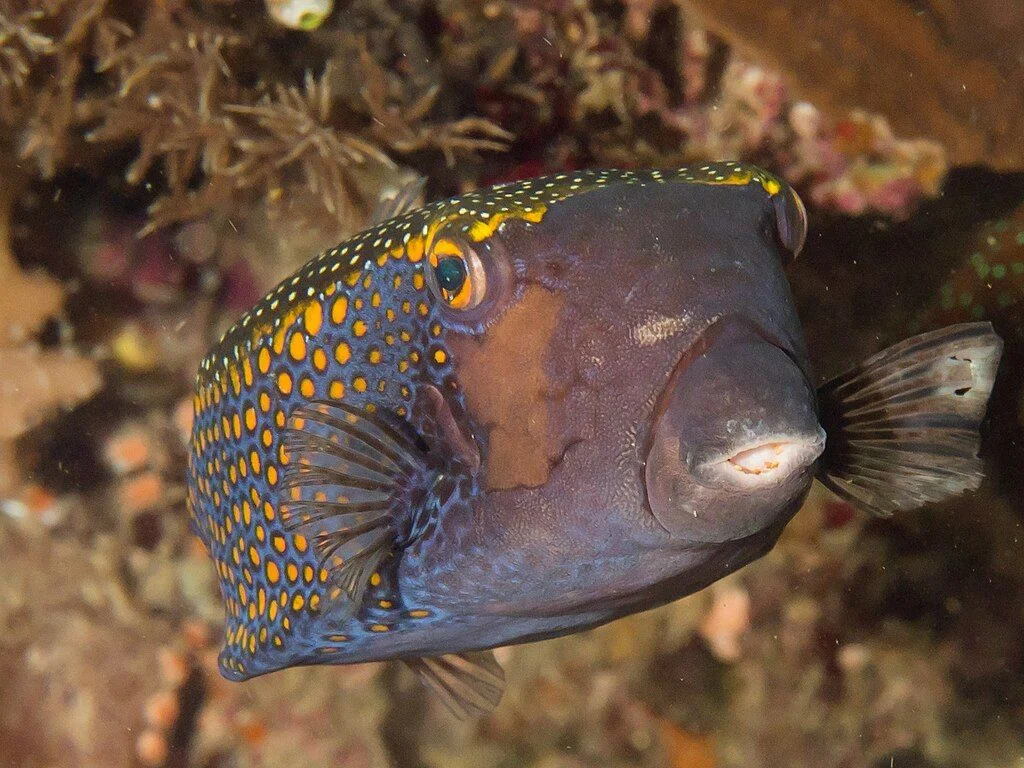
🧭 Finding Boxfish
Search calm lagoons, coral heads, seagrass edges and spongey rubble from 5–20 m. Juveniles favor branching corals or quiet corners of bays. Scan for a gliding cube with tiny fluttering fins.
🤿 Approach & Behavior
- Move slow and wide; do not herd into corners—stress can trigger toxin release.
- Watch for blow-sand feeding: a puff of sand followed by pecking.
- Dusk may show brief pairing and rises into the water column.
📸 Photo Tips
- Best portrait: ¾正面捕捉“方盒子”立体感与波点/马赛克花纹。
- Use gentle side/backlighting to bring out scute texture; keep shutter moderate to freeze fin flutter.
- For juveniles, include branching coral in frame to tell the shelter story.
⚠️ Ethics & Safety
- Never chase or block escape routes; avoid surrounding the fish.
- Keep distance if fish darkens, pants, or dashes—signs of stress.
- Night dives: avoid blinding; resting individuals retreat into crevices—observe briefly.
🌏 Local Guide Nuggets
- Raja Ampat (Indonesia): Mixed reefs and lagoons—both juveniles and adults common.
- Bali (Indonesia): Tulamben & Nusa Penida rubble slopes for mosaic adults; juveniles in calm bays.
- Lembeh (Indonesia): Black-sand rubble with sponges—great for close portraits.
- Anilao (Philippines) & Maldives: Patch reefs and harbors for bright juveniles after calm spells.
Best Places to Dive with Boxfish

Raja Ampat
Raja Ampat, the “Four Kings,” is an archipelago of more than 1,500 islands at the edge of Indonesian West Papua. Its reefs sit in the heart of the Coral Triangle, where Pacific currents funnel nutrients into shallow seas and feed the world’s richest marine biodiversity. Diving here means gliding over colourful walls and coral gardens buzzing with more than 550 species of hard and soft corals and an estimated 1,500 fish species. You’ll meet blacktip and whitetip reef sharks on almost every dive, witness giant trevally and dogtooth tuna hunting schools of fusiliers, and encounter wobbegong “carpet” sharks, turtles, manta rays and dolphins. From cape pinnacles swarming with life to calm bays rich in macro critters, Raja Ampat offers endless variety. Above water, karst limestone islands and emerald lagoons provide spectacular scenery between dives.
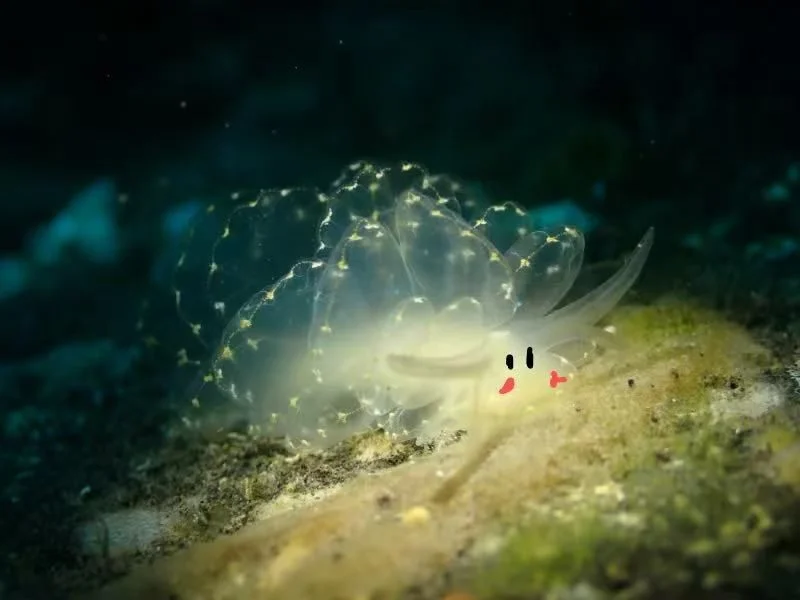
Tulamben(Bali)
Tulamben sits on Bali’s northeast coast and is best known for the USAT Liberty shipwreck – a 125‑metre cargo ship torpedoed in WWII that now lies just a short swim from shore. Warm water, mild currents and straightforward shore entries make diving here relaxed for all levels. Besides the wreck, divers can explore coral gardens, black‑sand muck sites and dramatic drop‑offs. Macro lovers will find nudibranchs, ghost pipefish, mimic octopus and pygmy seahorses, while big‑fish fans can encounter schooling jackfish, bumphead parrotfish and reef sharks. With a compact coastline packed with variety, Tulamben delivers world‑class wreck and critter diving without long boat rides.
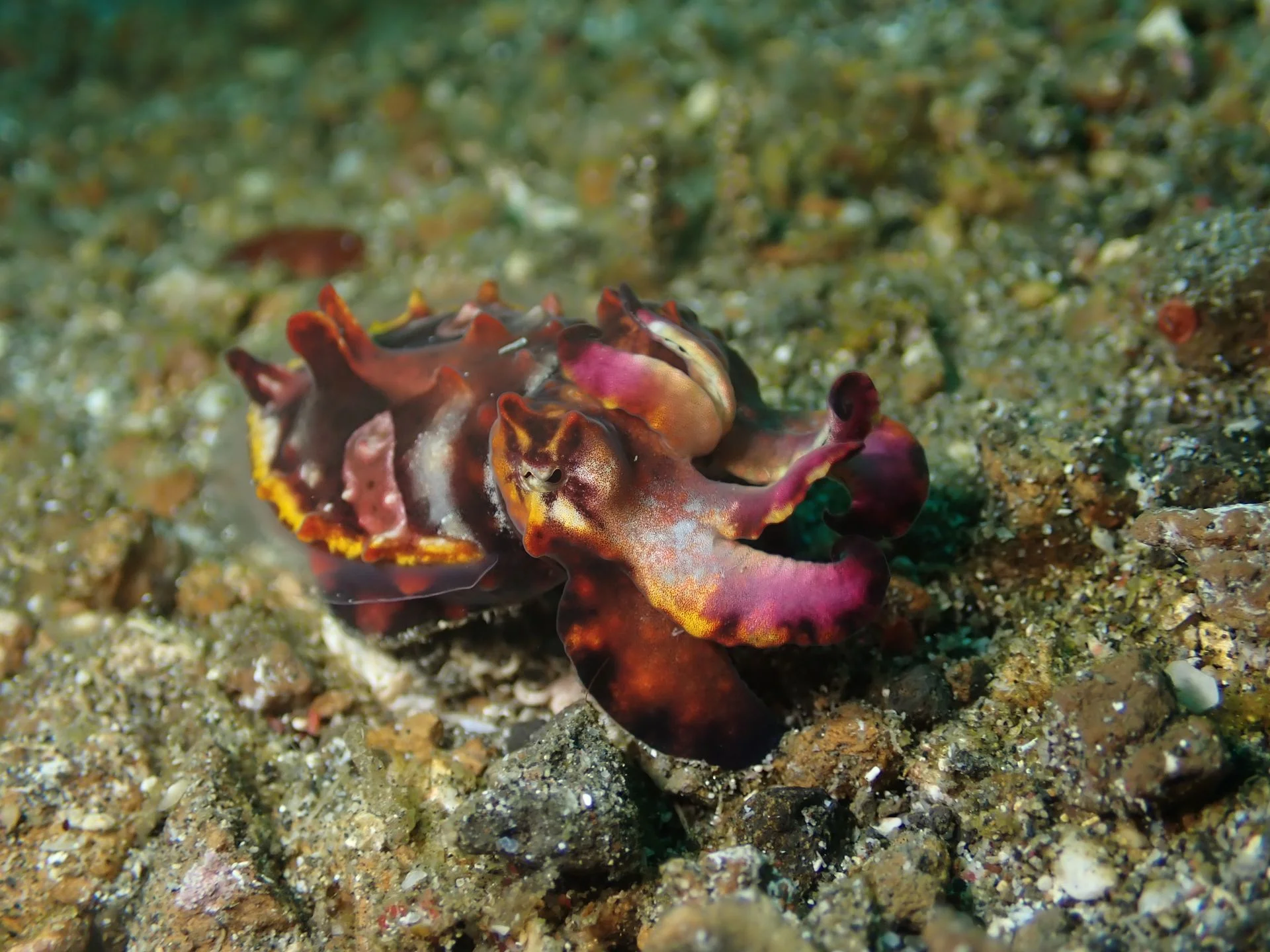
Lembeh
The Lembeh Strait in North Sulawesi has become famous as the muck‑diving capital of the world. At first glance its gently sloping seabed of black volcanic sand, rubble and discarded debris looks bleak. Look closer and it is teeming with weird and wonderful life: hairy and painted frogfish, flamboyant cuttlefish, mimic and blue‑ringed octopuses, ornate ghost pipefish, tiny seahorses, shrimp, crabs and a rainbow of nudibranchs. Most dives are shallow and calm with little current, making it an ideal playground for macro photographers. There are a few colourful reefs for a change of scenery, but Lembeh is all about searching the sand for critter treasures.
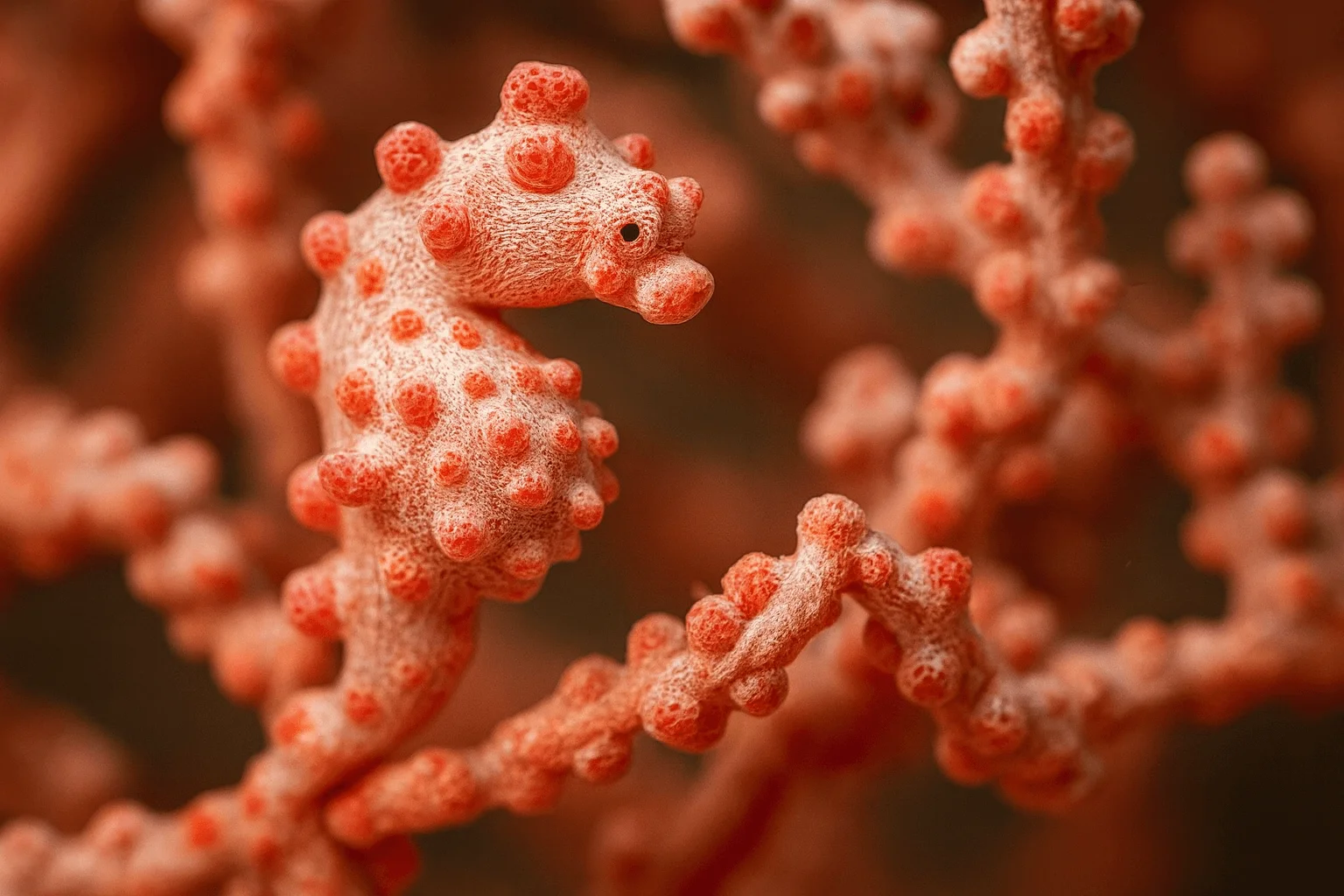
Anilao
Anilao, a small barangay in Batangas province just two hours south of Manila, is often called the macro capital of the Philippines. More than 50 dive sites fringe the coast and nearby islands, offering an intoxicating mix of coral‑covered pinnacles, muck slopes and blackwater encounters. Critter enthusiasts come for the legendary muck dives at Secret Bay and Anilao Pier, where mimic octopuses, blue‑ringed octopuses, wonderpus, seahorses, ghost pipefish, frogfish and dozens of nudibranch species lurk in the silt. Shallow reefs like Twin Rocks and Cathedral are covered in soft corals and teem with reef fish, while deeper sites such as Ligpo Island feature gorgonian‑covered walls and occasional drift. Because Anilao is so close to Manila and open year‑round, it’s the easiest place in the Philippines to squeeze in a quick diving getaway.
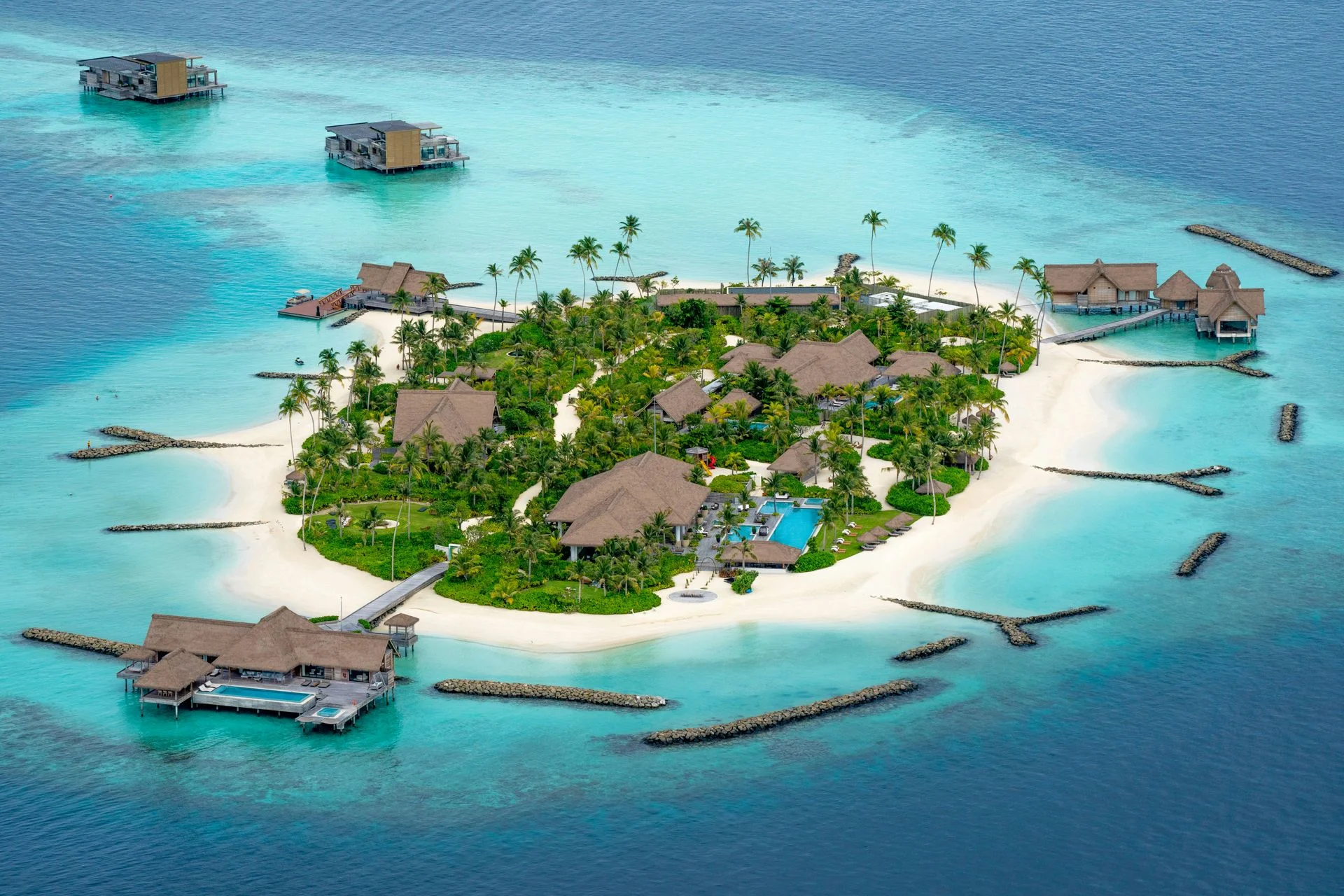
Maldives
Scattered across the Indian Ocean like strings of pearls, the Maldives’ 26 atolls encompass more than a thousand low‑lying islands, reefs and sandbanks. Beneath the turquoise surface are channels (kandus), pinnacles (thilas) and lagoons where powerful ocean currents sweep past colourful coral gardens. This nutrient‑rich flow attracts manta rays, whale sharks, reef sharks, schooling jacks, barracudas and every reef fish imaginable. Liveaboards and resort dive centres explore sites such as Okobe Thila and Kandooma Thila in the central atolls, manta cleaning stations in Baa and Ari, and shark‑filled channels like Fuvahmulah in the deep south. Diving here ranges from tranquil coral slopes to adrenalin‑fuelled drifts through current‑swept passes, making the Maldives a true pelagic playground.